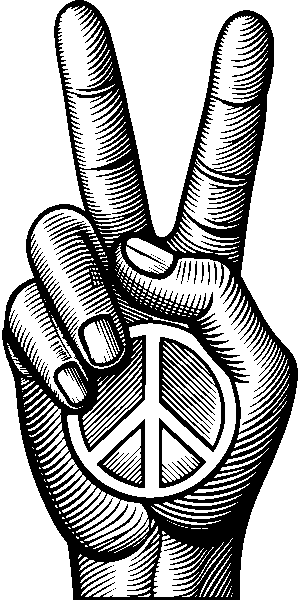Direct cremation offers an affordable and simple alternative to traditional burials, skipping embalming and focusing on the cremation process. The deceased is transported to a crematory where intense heat reduces the body to ashes in about an hour or less. Once collected, the cremated remains can be scattered, kept in a memorial location, or incorporated into keepsakes. This cost-efficient option appeals to those seeking simplicity and customization in emotionally challenging times, aligning with personal preferences and cultural/religious beliefs. After returning the remains to the family in a cremation urn, families have various disposition options including scattering, burial with a marker, or incorporating ashes into art.
Direct cremation is a simplified, direct disposition option that’s becoming increasingly popular. This article guides you through what to expect with this type of cremation, exploring the process from start to finish. We’ll delve into its benefits and considerations, as well as post-cremation options, ensuring you’re informed about every step. Understanding direct cremation can help you make a meaningful decision for your final arrangements.
- Understanding Direct Cremation: Unveiling the Process
- The Benefits and Considerations for Choosing Direct Cremation
- What Happens After: Disposition Options and Final Resting Places
Understanding Direct Cremation: Unveiling the Process
Direct cremation is a simple and straightforward process that offers a cost-effective and efficient way to handle funeral arrangements. Unlike traditional burials, direct cremation skips the embalming and burial steps, focusing solely on cremating the remains. The process begins with the deceased being transported from the place of death or a funeral home to the crematory, where they are placed in a crematorium chamber. This chamber uses intense heat to reduce the body to its basic elements, typically taking about an hour or less.
Once the cremation is complete, the remains, now referred to as cremated remains or ashes, are collected and placed in a container or urn. These ashes can then be scattered, kept in a memorial location, or even incorporated into meaningful keepsakes. Understanding the direct cremation process allows individuals to make informed decisions about their end-of-life wishes, ensuring a personalized and respectful send-off.
The Benefits and Considerations for Choosing Direct Cremation
Direct cremation offers several benefits that make it an appealing choice for many individuals and families considering their final arrangements. One of the primary advantages is its simplicity and straightforwardness; it involves the immediate and direct disposition of the remains, without any burial or funeral services. This option streamlines the process, reducing costs significantly compared to traditional burials or funerals. It’s also a quick procedure, allowing for a swift resolution during what can be an emotionally challenging time.
When considering direct cremation, it’s essential to weigh these benefits against personal preferences and cultural or religious beliefs. While some may prefer a more traditional funeral service as a way to honor and commemorate the deceased, others appreciate the simplicity and cost-effectiveness of direct cremation. Understanding the options available enables individuals and their loved ones to make informed decisions that align with their values and wishes.
What Happens After: Disposition Options and Final Resting Places
After a direct cremation, the remains are typically returned to the family in a cremation urn. This simple yet profound ritual marks the final step in saying goodbye to a loved one. From here, families have various disposition options to choose from, tailored to their preferences and cultural practices.
Some opt for scattering at a cherished location, whether it’s a beach, a park, or a garden. Others may prefer burial in a cemetery plot, where a headstone or memorial marker can serve as a lasting tribute. Some even choose to incorporate the ashes into art, such as jewelry or an etched keepsake, offering a unique way to carry their loved one’s memory with them daily. These options highlight the flexibility of cremation, allowing for personalized and meaningful final resting places or memorials.
Direct cremation offers a straightforward and cost-effective solution, eliminating traditional burial practices. By choosing this option, individuals can simplify end-of-life arrangements while still finding meaningful ways to memorialize their loved ones. Understanding the process and its benefits is key to making an informed decision, ensuring a peaceful transition that aligns with personal preferences.
